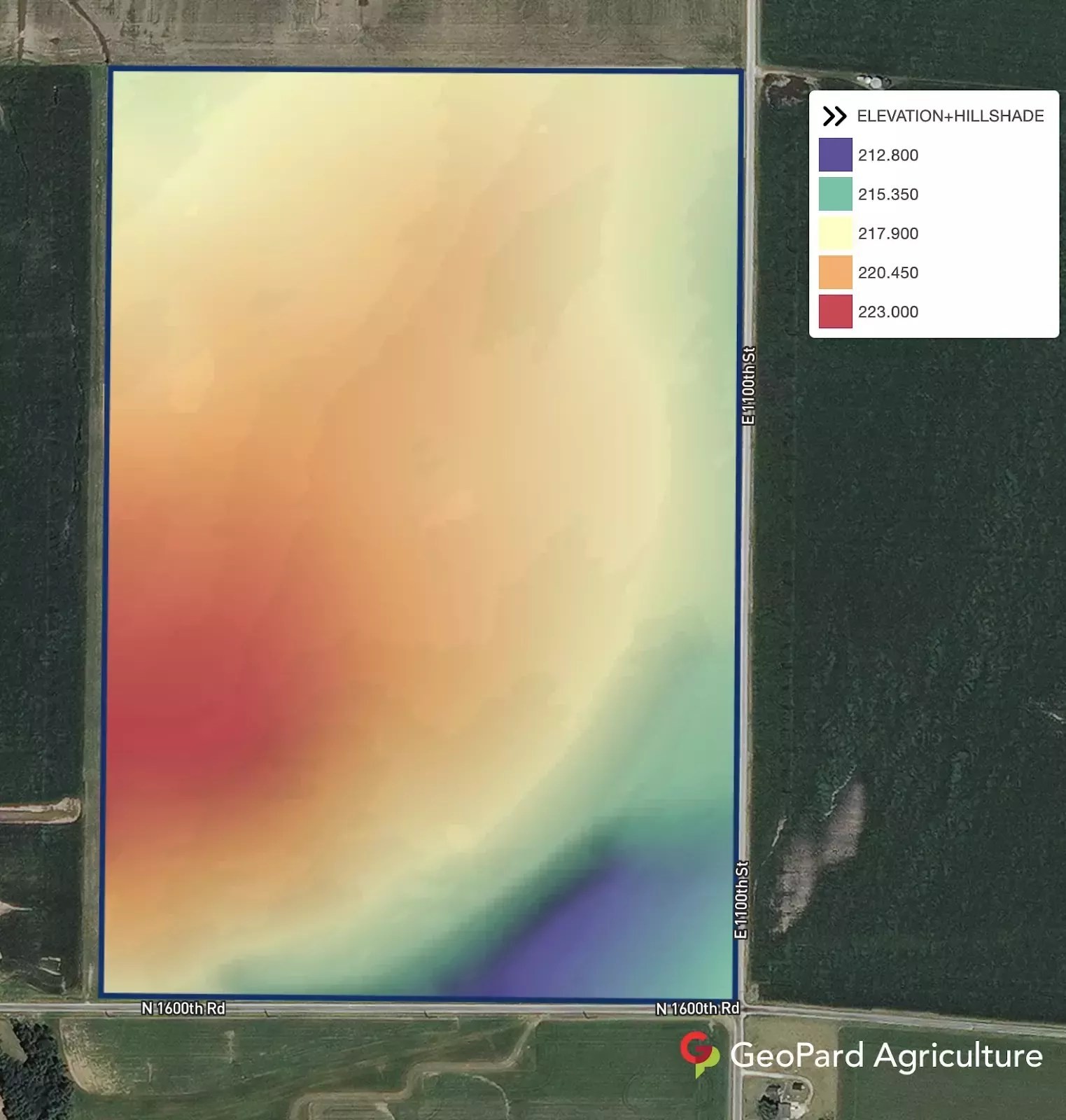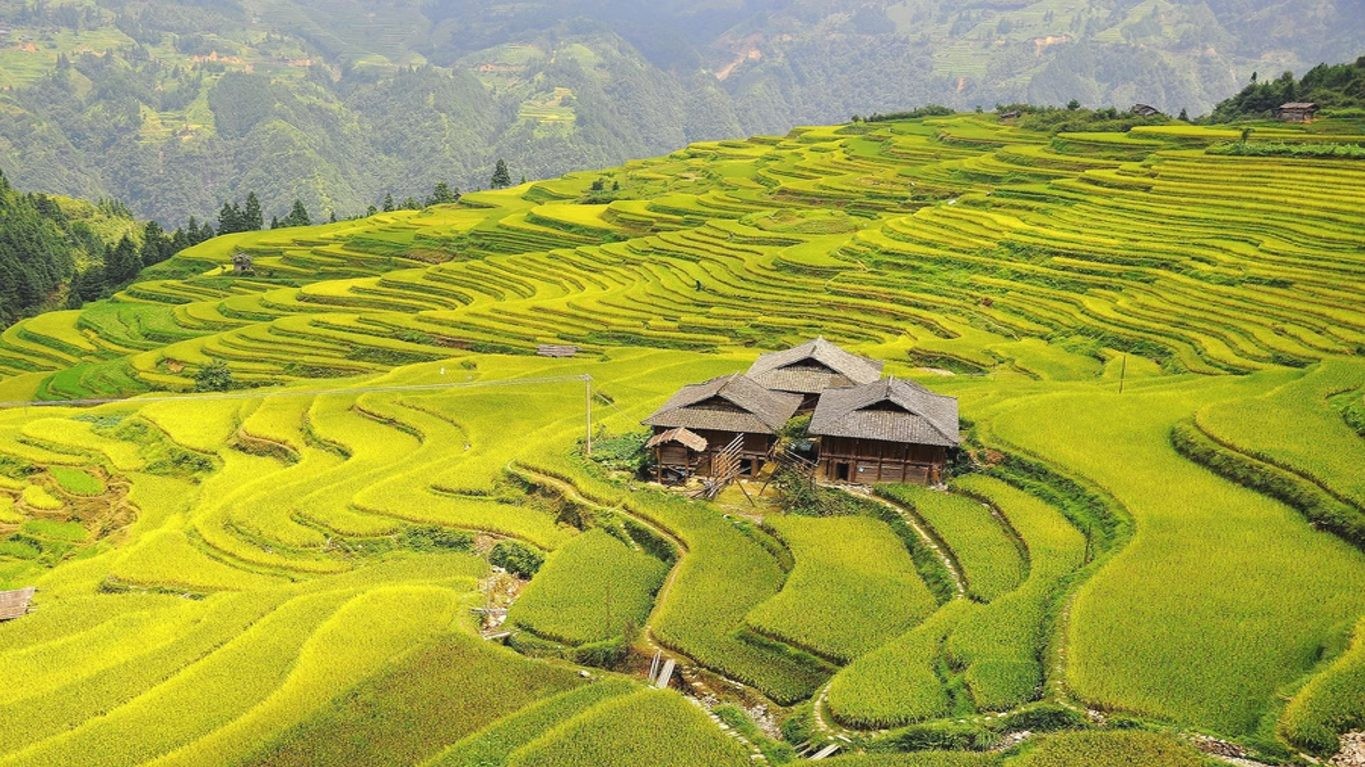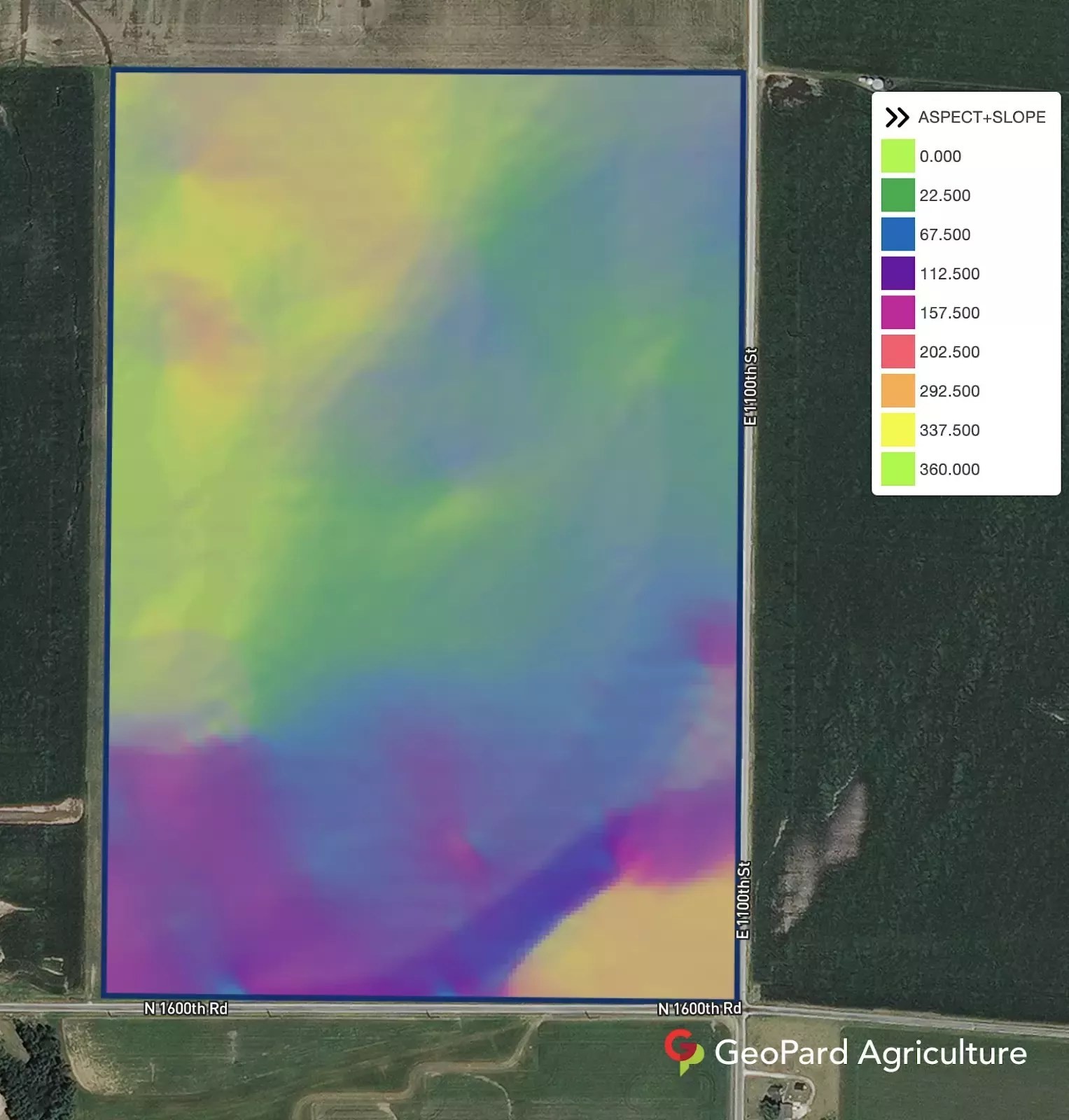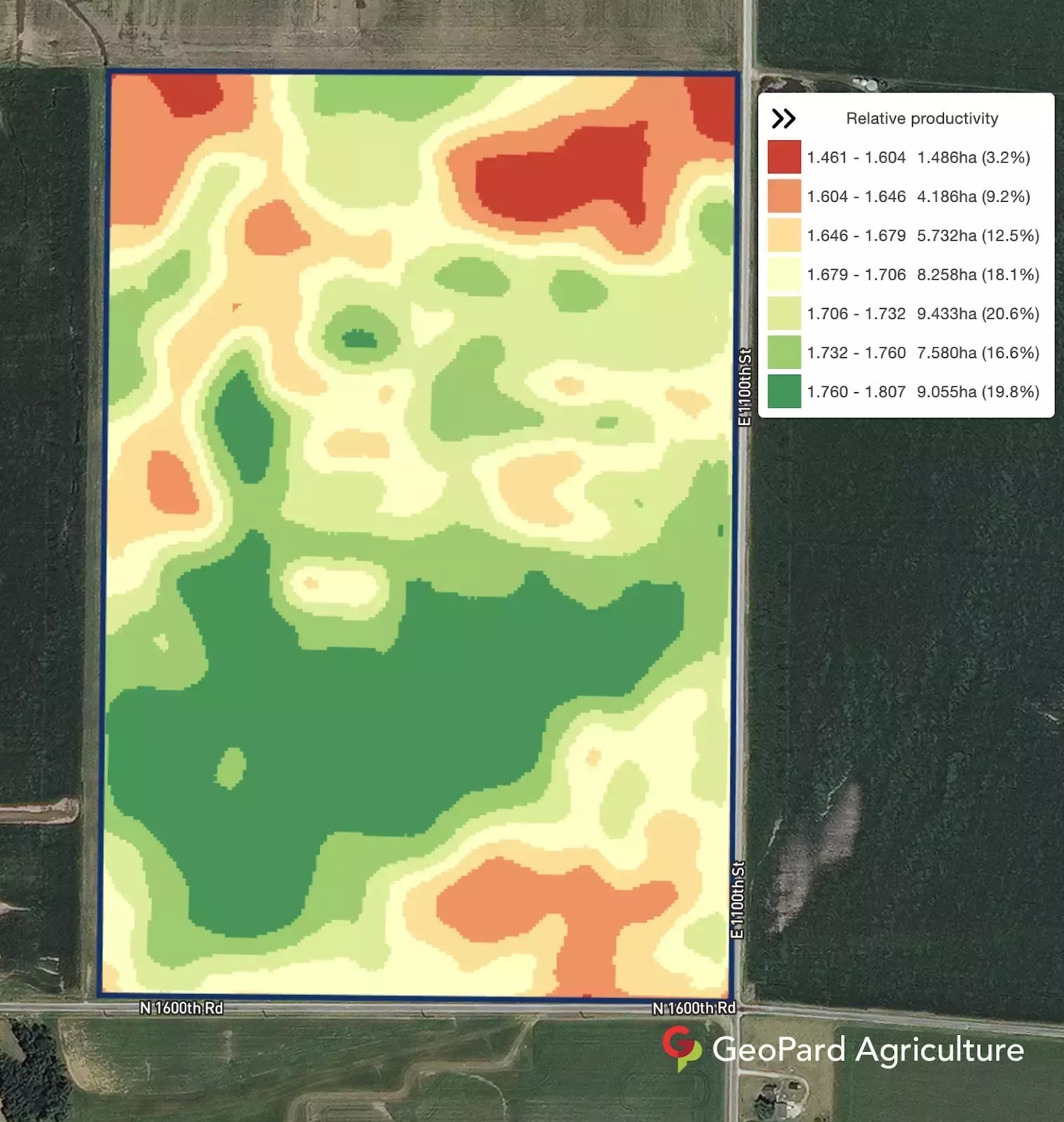Are you planning a trip to Vietnam and curious about how agriculture thrives in its mountainous regions? Water management is key! At SIXT.VN, we understand that exploring Vietnam involves more than just sightseeing; it’s about appreciating the ingenuity of its people. Discover how innovative techniques ensure sustainable agriculture in challenging terrains, and let SIXT.VN enhance your journey with seamless travel solutions. Explore Vietnam’s rural charm and agricultural practices while enjoying the convenience of reliable transportation and comfortable accommodations.
1. Understanding the Challenges of Mountainous Agriculture
Mountainous terrain presents unique challenges for agriculture, primarily in water management. The steep slopes and varying altitudes can lead to uneven water distribution, soil erosion, and difficulties in irrigation. According to a report by the Food and Agriculture Organization (FAO), mountainous regions are particularly vulnerable to climate change impacts, including altered rainfall patterns and increased frequency of extreme weather events, which exacerbate these challenges.
1.1. The Impact of Slope and Elevation
Slope and elevation significantly influence water runoff and soil erosion. Steeper slopes increase the speed of water flow, leading to greater soil loss. Higher elevations experience cooler temperatures, affecting crop growth and water demand. These factors necessitate specialized water management strategies tailored to the specific topography.
1.2. Water Scarcity and Uneven Distribution
Water scarcity is a common issue in mountainous regions, particularly during dry seasons. The uneven distribution of water resources further complicates agricultural practices. Innovative solutions are needed to capture, store, and distribute water efficiently to ensure crops receive adequate hydration.
 elevation and hillshade characteristics
elevation and hillshade characteristics
2. Traditional Water Management Techniques
For centuries, communities in mountainous regions have developed ingenious traditional methods to manage water for agriculture. These techniques, often passed down through generations, demonstrate a deep understanding of local ecosystems and sustainable practices.
2.1. Terracing: A Time-Honored Solution
Terracing involves creating level platforms on steep slopes to reduce water runoff and soil erosion. This technique allows for better water retention and more even distribution across cultivated areas. The rice terraces of Sapa in Vietnam are a stunning example of this practice, showcasing the beauty and effectiveness of terraced agriculture.
 What is an example of topography
What is an example of topography
2.2. Traditional Irrigation Systems
Traditional irrigation systems, such as gravity-fed channels and bamboo pipelines, have been used to divert water from streams and springs to agricultural fields. These systems are often community-managed, ensuring equitable water access and sustainable use. According to a study by the International Water Management Institute (IWMI), these systems are not only efficient but also culturally significant, reflecting the social fabric of rural communities.
2.3. Water Harvesting Techniques
Water harvesting involves collecting and storing rainwater for later use. In mountainous regions, this can include constructing small dams, ponds, and underground cisterns to capture rainwater during the wet season and use it for irrigation during the dry season. This technique is particularly valuable in areas where water scarcity is a major constraint.
3. Modern Water Management Strategies
While traditional techniques remain relevant, modern technologies and strategies are also being implemented to enhance water management in mountainous agriculture. These innovations aim to improve efficiency, reduce water waste, and promote sustainable practices.
3.1. Drip Irrigation Systems
Drip irrigation delivers water directly to the roots of plants, minimizing water loss through evaporation and runoff. This method is particularly effective in mountainous regions where water is scarce and slopes make traditional irrigation methods less efficient. Drip irrigation can significantly increase crop yields while reducing water consumption.
3.2. Sprinkler Systems
Sprinkler systems distribute water over a wider area, providing more uniform coverage compared to traditional methods. These systems can be automated to adjust water distribution based on crop needs and weather conditions, further enhancing water efficiency.
3.3. Water Storage Reservoirs
Constructing water storage reservoirs helps capture and store excess water during periods of high rainfall. These reservoirs can then be used to supplement irrigation during dry periods, ensuring a more reliable water supply for agriculture. The design and management of these reservoirs must consider environmental impacts and community needs to ensure sustainability.
 Apect and slope characteristics
Apect and slope characteristics
4. The Role of Technology in Water Management
Advancements in technology are playing an increasingly important role in optimizing water management for mountainous agriculture. From remote sensing to precision irrigation, these tools provide valuable data and insights that can inform decision-making and improve efficiency.
4.4. Remote Sensing and GIS
Remote sensing technologies, such as satellite imagery and drone-based sensors, can be used to monitor water availability, assess crop health, and identify areas affected by water stress. Geographic Information Systems (GIS) integrate this data to create detailed maps and models that support water resource planning and management.
4.2. Weather Forecasting and Climate Modeling
Accurate weather forecasting and climate modeling are essential for predicting water availability and planning irrigation schedules. These tools can help farmers anticipate droughts and floods, allowing them to take proactive measures to protect their crops and water resources. According to the World Meteorological Organization (WMO), advancements in climate modeling are providing more reliable predictions, enabling better water management strategies.
4.3. Precision Irrigation
Precision irrigation uses sensors and automated systems to deliver water to crops based on their specific needs. This approach minimizes water waste and ensures that crops receive the optimal amount of hydration. Precision irrigation can be particularly beneficial in mountainous regions where water resources are limited and environmental conditions vary widely.
5. Sustainable Water Management Practices
Sustainable water management is crucial for ensuring the long-term viability of agriculture in mountainous regions. This involves balancing the needs of farmers with the need to protect ecosystems and ensure equitable access to water resources.
5.1. Integrated Water Resource Management (IWRM)
IWRM is a holistic approach to water management that considers the interconnectedness of water resources, ecosystems, and human activities. This approach emphasizes stakeholder participation, adaptive management, and the integration of environmental, social, and economic considerations into water resource planning and decision-making.
5.2. Conservation Agriculture
Conservation agriculture practices, such as no-till farming, cover cropping, and crop rotation, can improve soil health, reduce erosion, and enhance water infiltration. These practices not only conserve water but also improve crop yields and reduce the need for chemical inputs, promoting sustainable agricultural production.
5.3. Community-Based Water Management
Community-based water management involves empowering local communities to manage their own water resources. This approach recognizes the importance of local knowledge and promotes participatory decision-making, ensuring that water management strategies are tailored to the specific needs and priorities of the community.
6. Case Studies: Successful Water Management in Mountainous Regions
Examining successful water management initiatives in mountainous regions can provide valuable lessons and insights for other areas facing similar challenges.
6.1. The Zafar Rural Development Foundation in Pakistan
The Zafar Rural Development Foundation in Pakistan has implemented innovative water management techniques in the mountainous region of Gilgit-Baltistan. These include constructing small dams, improving irrigation systems, and promoting water-efficient agricultural practices. As a result, local communities have seen significant improvements in crop yields and water availability.
6.2. The Aponi Biosphere Reserve in Peru
The Aponi Biosphere Reserve in Peru has adopted a comprehensive approach to water management that integrates traditional knowledge with modern technologies. This includes restoring ancient irrigation systems, implementing water harvesting techniques, and promoting sustainable agricultural practices. The reserve has become a model for sustainable water management in mountainous regions.
6.3. The Sapa Rice Terraces in Vietnam
The Sapa Rice Terraces in Vietnam demonstrate the effectiveness of terracing for water management and soil conservation. The terraces not only provide a stunning landscape but also ensure that water is evenly distributed across the fields, allowing for the cultivation of rice in this mountainous region.
7. Government Policies and Support
Government policies and support play a crucial role in promoting sustainable water management in mountainous agriculture. This includes providing financial incentives, technical assistance, and regulatory frameworks that encourage efficient water use and environmental protection.
7.1. Subsidies and Incentives
Subsidies and incentives can encourage farmers to adopt water-efficient technologies and practices. This can include providing financial support for the installation of drip irrigation systems, the construction of water storage reservoirs, and the implementation of conservation agriculture practices.
7.2. Technical Assistance and Training
Providing technical assistance and training to farmers can help them adopt best practices for water management. This can include workshops, field demonstrations, and extension services that provide farmers with the knowledge and skills they need to manage water resources effectively.
7.3. Regulatory Frameworks
Regulatory frameworks can ensure that water resources are managed sustainably and equitably. This can include establishing water rights, setting water use limits, and enforcing regulations to prevent water pollution and overuse.
8. Challenges and Future Directions
Despite the progress made in water management for mountainous agriculture, significant challenges remain. These include climate change, population growth, and the increasing demand for water resources. Addressing these challenges will require innovative solutions and a concerted effort from governments, communities, and researchers.
8.1. Climate Change Impacts
Climate change is expected to exacerbate water scarcity and increase the frequency of extreme weather events in mountainous regions. This will require adapting water management strategies to cope with these impacts, including developing drought-resistant crops, improving water storage capacity, and implementing early warning systems for floods and droughts.
8.2. Population Growth and Water Demand
Population growth is increasing the demand for water resources in mountainous regions. This will require finding ways to use water more efficiently, including promoting water-efficient agricultural practices, reducing water losses in irrigation systems, and encouraging water conservation in homes and businesses.
8.3. Integrating Traditional and Modern Knowledge
Integrating traditional and modern knowledge can lead to more effective and sustainable water management strategies. This involves recognizing the value of traditional practices, such as terracing and community-based water management, while also incorporating modern technologies, such as remote sensing and precision irrigation.
9. Planning Your Trip to Vietnam with SIXT.VN
As you explore Vietnam’s agricultural landscapes, let SIXT.VN be your trusted travel companion. We offer a range of services to make your journey seamless and enjoyable.
9.1. Tailored Travel Itineraries
Our team can create custom travel itineraries that cater to your interests, whether it’s exploring rice terraces, visiting local farms, or immersing yourself in rural culture. We ensure you experience the best of Vietnam while enjoying comfortable and reliable transportation.
9.2. Convenient Airport Transfers
Start your trip stress-free with our airport transfer services. Our professional drivers will pick you up from the airport and take you to your hotel, ensuring a smooth and comfortable arrival.
9.3. Wide Range of Accommodation Options
We offer a variety of accommodation options to suit your budget and preferences, from luxury hotels to cozy guesthouses. Each option is carefully selected to provide you with a comfortable and memorable stay.
9.4. Guided Tours and Excursions
Our guided tours and excursions take you to the heart of Vietnam’s agricultural regions. Learn about traditional farming techniques, sample local cuisine, and discover the beauty of the countryside with our expert guides.
9.5. Reliable Car Rental Services
Explore Vietnam at your own pace with our reliable car rental services. Choose from a range of vehicles to suit your needs and enjoy the freedom to discover hidden gems and scenic routes.
10. Call to Action: Book Your Vietnam Adventure with SIXT.VN Today
Ready to explore the wonders of Vietnam’s mountainous agriculture? Contact SIXT.VN today to book your travel itinerary, airport transfer, accommodation, guided tour, or car rental. Let us help you create an unforgettable adventure that combines cultural immersion with seamless travel solutions.
Address: 260 Cau Giay, Hanoi, Vietnam
Hotline/Whatsapp: +84 986 244 358
Website: SIXT.VN
 different productivity level of the field
different productivity level of the field
Frequently Asked Questions (FAQs)
1. How does topography affect water management in mountainous regions?
Topography significantly impacts water management due to steep slopes causing rapid runoff, uneven water distribution, and increased soil erosion, necessitating specialized irrigation and conservation methods.
2. What are some traditional water management techniques used in mountainous agriculture?
Traditional techniques include terracing to reduce runoff, gravity-fed irrigation channels to divert water, and water harvesting through small dams and cisterns to store rainwater for dry seasons.
3. How do modern technologies improve water management in mountainous areas?
Modern technologies like drip irrigation deliver water directly to plant roots, sprinkler systems provide uniform coverage, and remote sensing helps monitor water availability and crop health, improving efficiency and reducing waste.
4. What is Integrated Water Resource Management (IWRM), and why is it important?
IWRM is a holistic approach considering the interconnectedness of water resources, ecosystems, and human activities, emphasizing stakeholder participation and adaptive management for sustainable water use.
5. What role do government policies play in supporting water management in mountainous agriculture?
Government policies provide financial incentives for water-efficient technologies, technical assistance and training for farmers, and regulatory frameworks to ensure sustainable and equitable water resource management.
6. What are the main challenges facing water management in mountainous regions?
Key challenges include climate change impacts like droughts and floods, population growth increasing water demand, and the need to integrate traditional and modern knowledge for sustainable solutions.
7. Can you provide an example of successful water management in a mountainous region?
The Sapa Rice Terraces in Vietnam demonstrate effective terracing for water management, ensuring even water distribution across fields and enabling rice cultivation in a mountainous area.
8. How can remote sensing and GIS help in water management for agriculture?
Remote sensing and GIS technologies monitor water availability, assess crop health, and create detailed maps for informed water resource planning and management, enhancing efficiency and sustainability.
9. What are the benefits of drip irrigation systems in mountainous regions?
Drip irrigation minimizes water loss through direct delivery to plant roots, conserving water in water-scarce areas and increasing crop yields by ensuring optimal hydration with minimal runoff.
10. How does SIXT.VN support sustainable tourism and exploration of Vietnam’s agricultural landscapes?
SIXT.VN offers tailored travel itineraries, airport transfers, accommodation options, guided tours, and car rental services, ensuring seamless and enjoyable experiences while promoting cultural immersion and sustainable practices.
Explore more about topography and its impact on soil and yield in our related articles:
- Topography and nutrition content in soil and yield
- Topography



